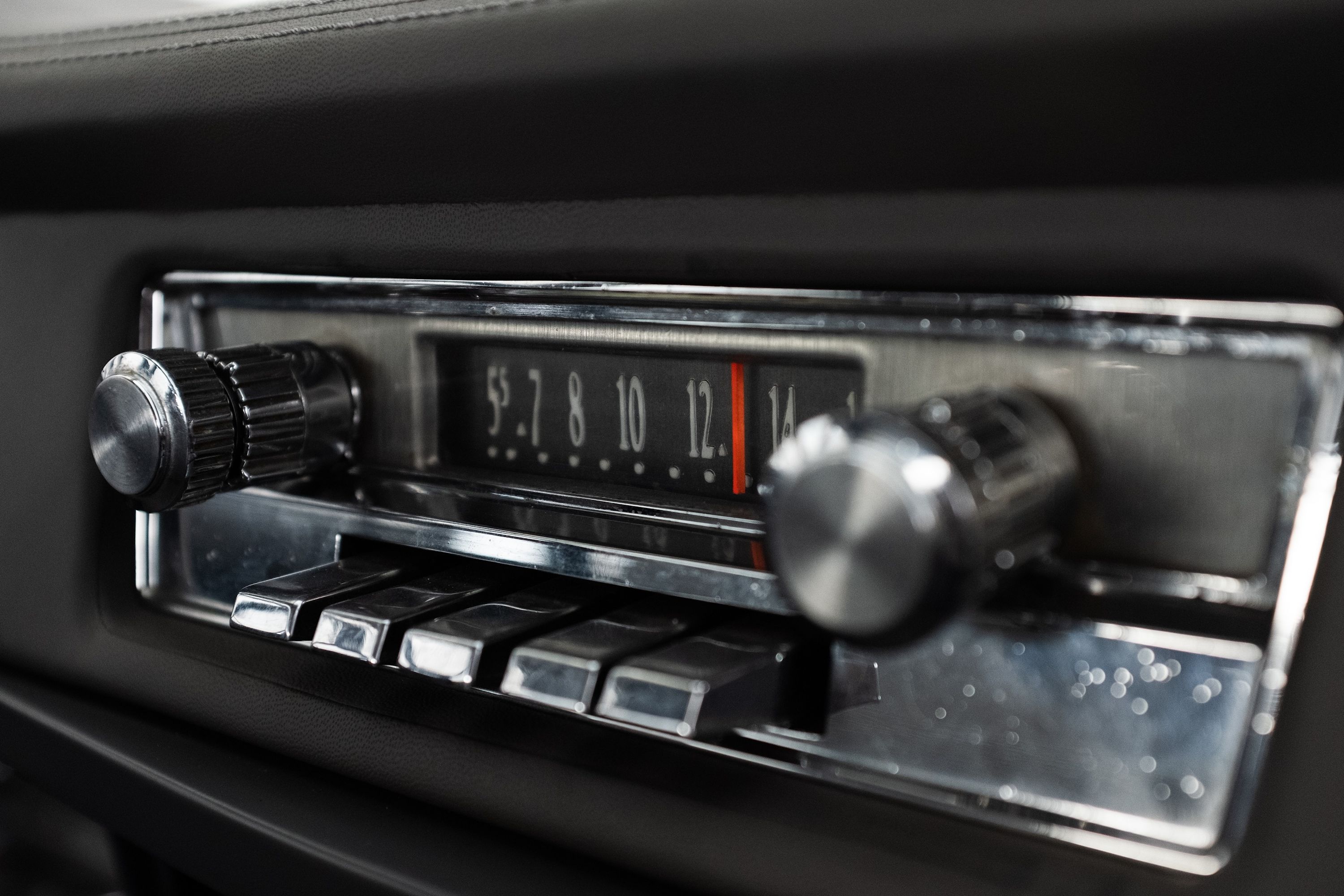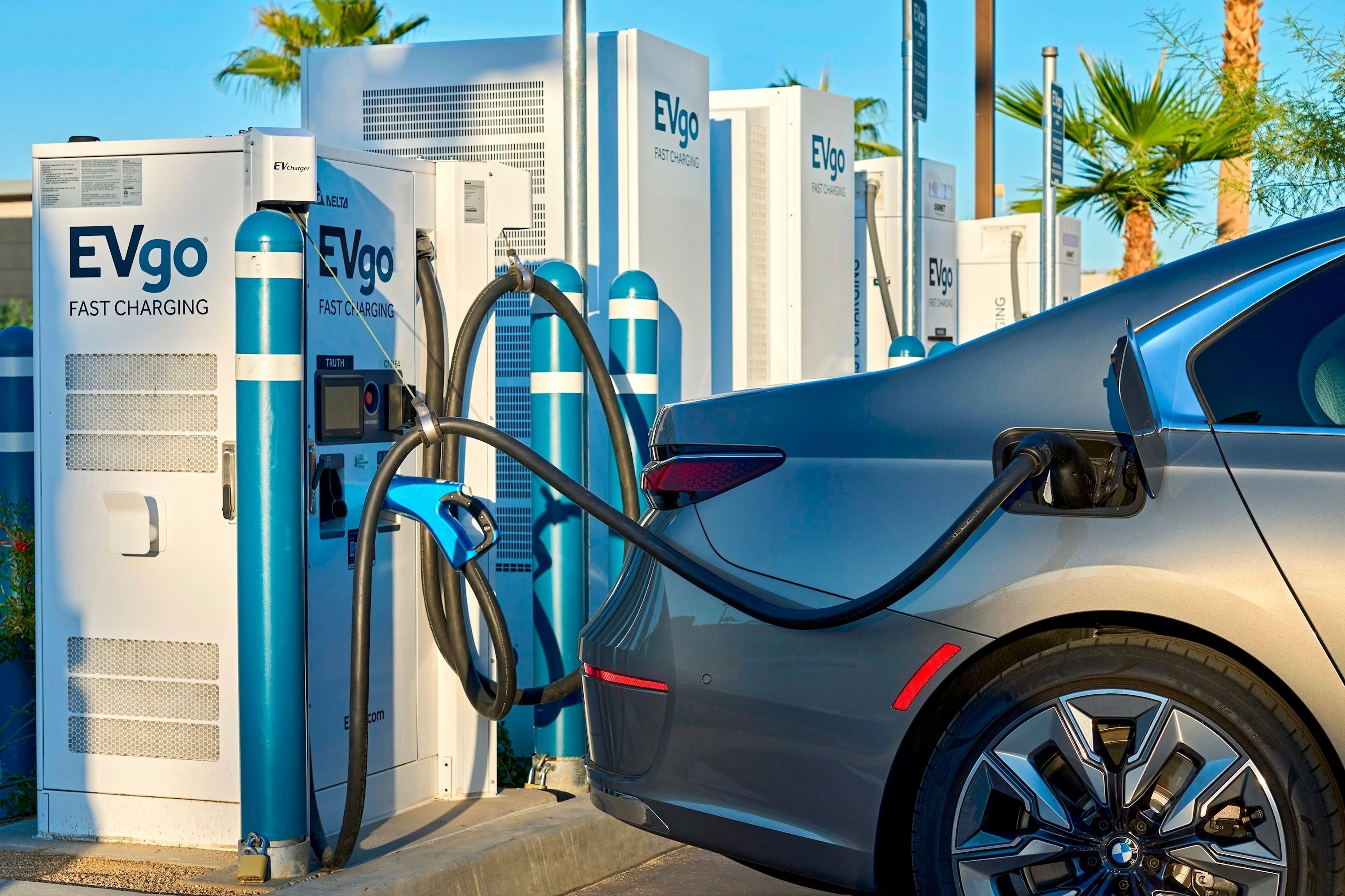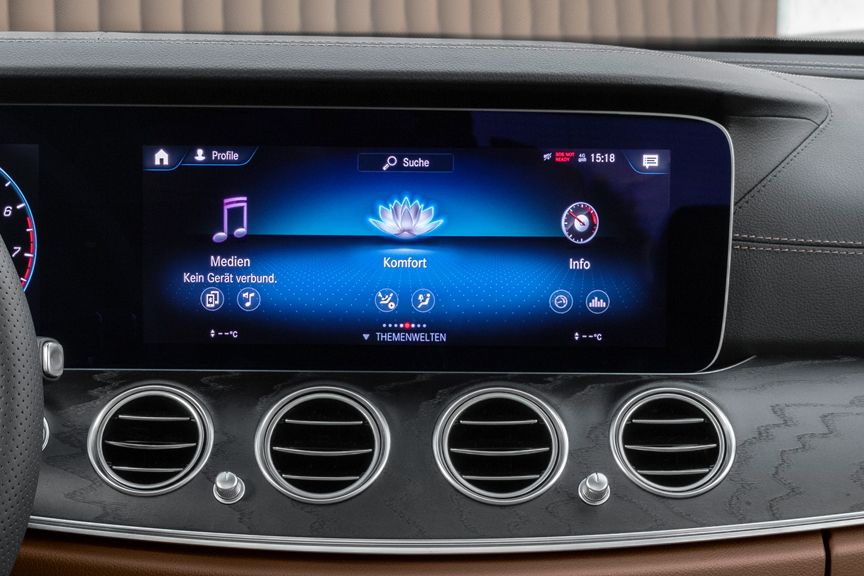
Former director of the Federal Emergency Management Agency (FEMA), Craig Fugate, recently spoke out about EV manufacturers removing AM radios from their vehicles, shining a light on the possible public safety dangers it can pose.
"Eliminating that in-car radio means when these other systems fail, it is less likely the public can be warned, particularly when it's a national emergency," said Fugate in an interview with NewsNation. "AM radio provides the backbone of our national warning system. Of all of the technologies, it's the most resilient to everything from cyberattacks to nuclear war."
For the record, EV makers are not ditching AM radio as a cost-saving measure. The electromagnetic fields around the battery and electric components interfere with the signal, resulting in an unpleasant buzzing sound. This is also not a new phenomenon. BMW started removing AM radio as early as 2014 when it introduced the i3 and i8. Since then, manufacturers like Audi, Porsche, Tesla, and Volvo have also removed AM capabilities.
AM stands for Amplitude Modulation, and its signals are bounced off the ionosphere, which means it can cover vast areas from a source thousands of miles away. Frequency Modulation (FM) radio is broadcast at a higher frequency, so it goes right through the ionosphere and disappears into the ether.
AM signals are also much easier to find, and the technology used to broadcast is less complex and, therefore, less at risk when it comes to the hazards Fugate mentioned earlier. That's why FEMA uses it as the main national warning system because AM is the only thing that works once FM frequencies and mobile connections are gone.
Whatever the disaster, be it flooding, tornados, fires, war, zombie apocalypses, or some other grave scenario, an AM tuner is the most reliable means of understanding how to identify, avoid, or respond to the catastrophes around you.
"FEMA working with local broadcasters [has] actually gone out and hardened these primary entry point stations that feed the national warning system, where the emergency alerts come from," said Fugate. "And this is a system built to withstand attacks on the system, attacks on the infrastructure. And, in many cases, even in our natural hazards such as hurricanes and wildfires, [AM radio has] been one of the remaining technologies that still works."
It's hard to argue against Fugate when you look at the natural disasters from last year. Hurricane Ian destroyed some beautiful supercars and also took out nearly 96% of cellular towers. The government soon replaced them with portable towers, but communications were dead for several hours, and AM Radio was the only backup available.
Even so, the current FEMA administration is working on a digital solution. In 2022, FEMA announced a $40 million investment in the Corporation of Public Broadcasting to update existing public alert and warning systems and add new technologies to the system. This funding included upgrades to local radio stations.
One can see why AM Radio is effectively dead, but removing it might not be a good idea, given how vulnerable the world (including the automotive industry) is to cyberattacks. Hackers have even started attacking EV charging stations, and automakers had to up their game after white hat hackers showed how easy it was to hack the current-generation Mercedes-Benz E-Class.
There are currently 4,728 AM stations in operation in the USA, compared to 6,613 FM stations. SiriusXM offers over 150 full-time channels, and every person with a laptop, a microphone, and an opinion has a podcast these days. Music streaming service Spotify alone has 5 million podcasts available, each with multiple episodes. There are also other types of radio like Digital Audio Broadcasting, satellite radio, HD (digital radio), and Internet radio, so why spend the extra money on components that won't be utilized by many consumers and that sounds odd in an electrified vehicle?
According to the Nielsen Audio Today 2022 report, 93% of Americans are still reached by radio every month, so traditional audio broadcasting is not completely obsolete yet. More pertinently, the importance of a reliable emergency broadcast system cannot be overstated. We think we could overlook a buzzing sound if we ever find ourselves living out The Last of Us.



